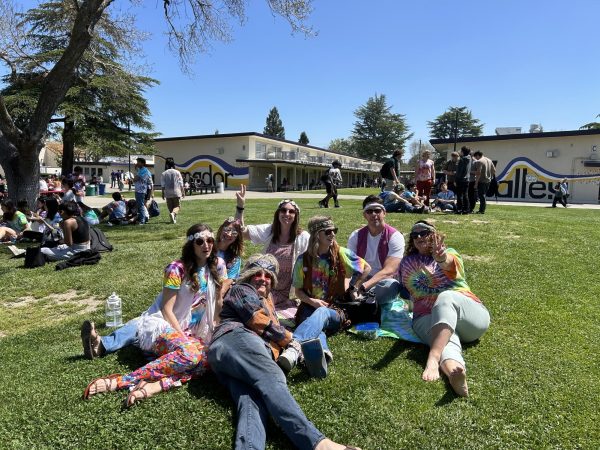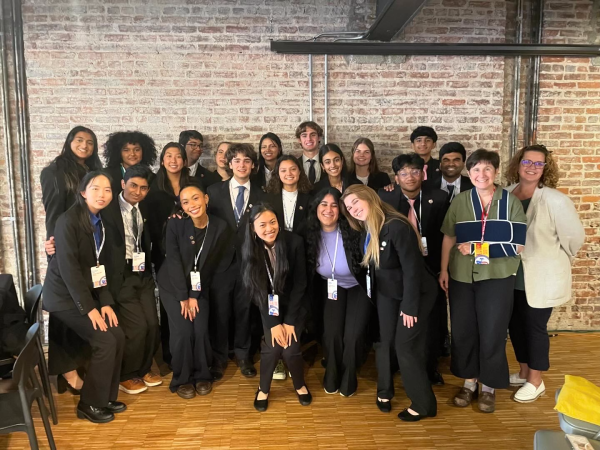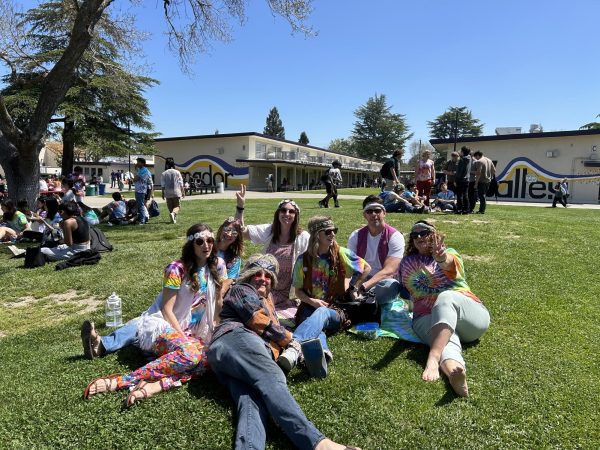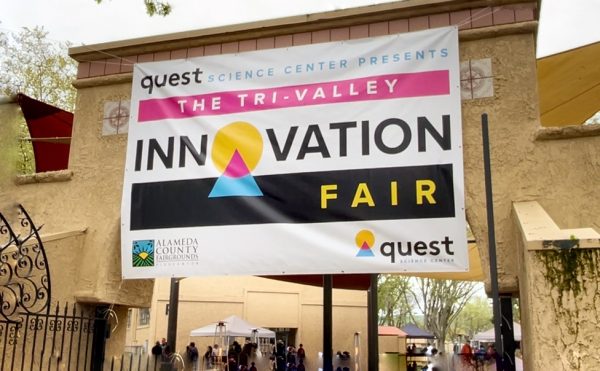Biden ends COVID-19 national emergency: What does this mean for us?
Hand sanitizers played a vital role in daily life during the pandemic, and numerous students on campus still use them as a precautionary measure.
On April 10, President Joe Biden signed a bipartisan congressional resolution that officially terminates the national emergency related to the COVID-19 pandemic three years after it was initially implemented.
H.J. Res.7, championed by the GOP and opposed by some Democrats, seeks to restore pre-pandemic government policies pertaining to federal aid, financial assistance, and various other areas of governance.
“Originally, the emergency gave the government more control over choice on how to move forward without hurting the economy. The impact it will have on business will be more related to the regulations in the pre-pandemic environment,” said Student Employee Rishima Agnihotri (‘23).
The end of the national emergency is unlikely to have a significant direct impact on the local community. While businesses and social affairs will remain largely unaffected, some changes may arise such as increasing prices for at-home testing kits and a shift in focus for government assistance away from the containment of COVID-19.
“Life, as it was before the pandemic, is already restored. What the resolution will really do is lax more government programs related to COVID and people will see the government return to the polices it had before, not anything new,” said Sarvesh Sivaramen (‘26).
COVID-19, however, has had a significant impact on local culture and social events in a multitude of influential ways. For example, although in-person gatherings may resume, pandemic-related practices such as mask-wearing and the use of technology are likely to persist.
“COVID was really tough on school culture. We used to be a very spirited school where kids cared about things beyond their own silos. Now, I think we are struggling to get kids to get out of them,” said AP World History Teacher Christopher Murphy.
All in all, with the signage of this resolution, the US has officially entered a new era of the post-pandemic world — a pivotal moment in the nation’s history that marks the end of poignant isolation and rampant fear.
Your donation will support the student journalists in the AVJournalism program. Your contribution will allow us to purchase equipment and cover our annual website hosting costs.











